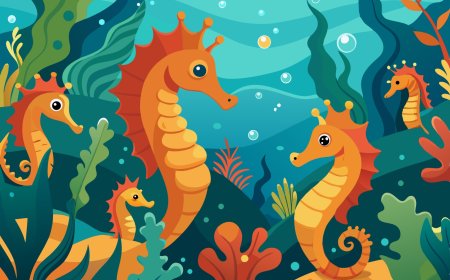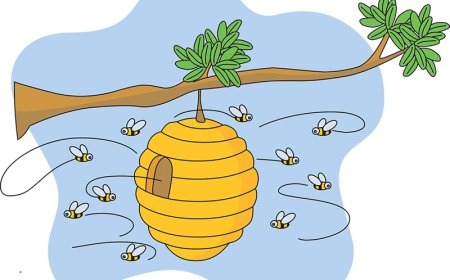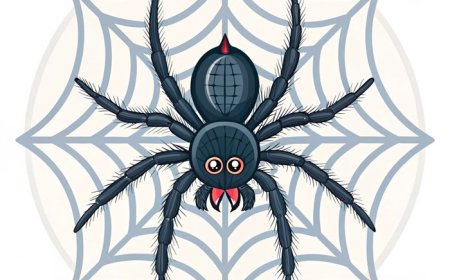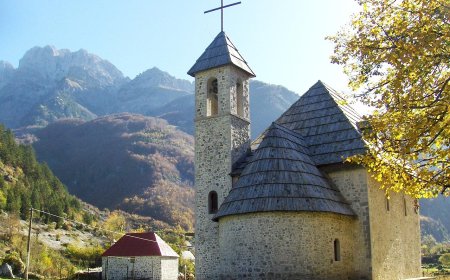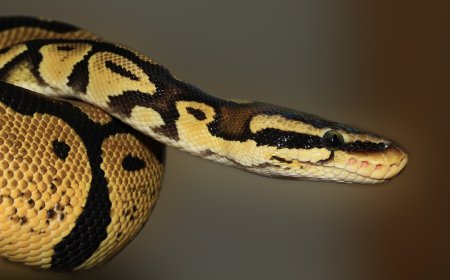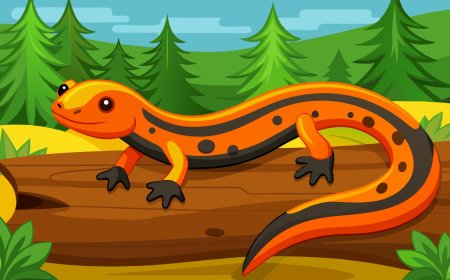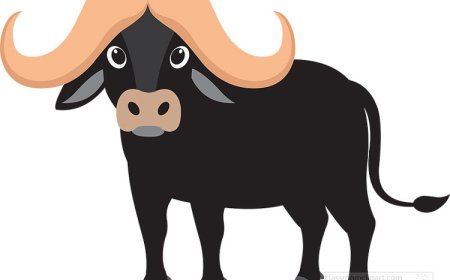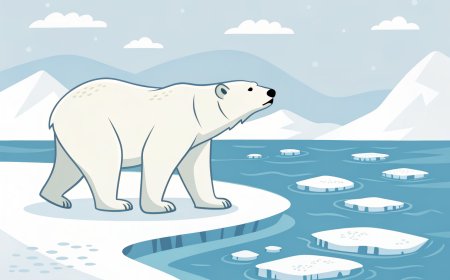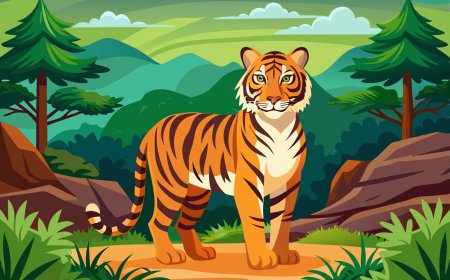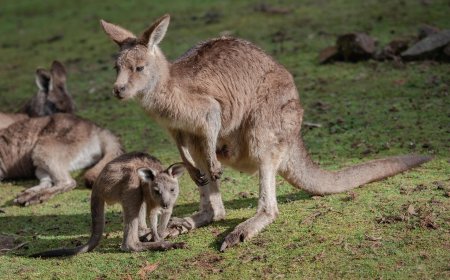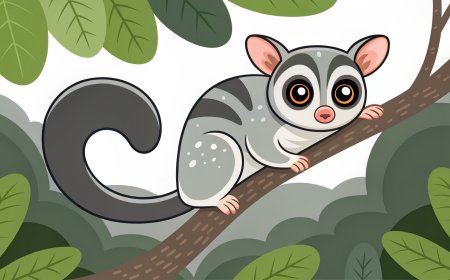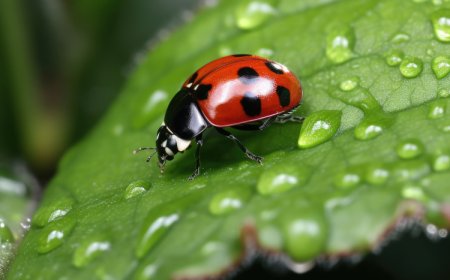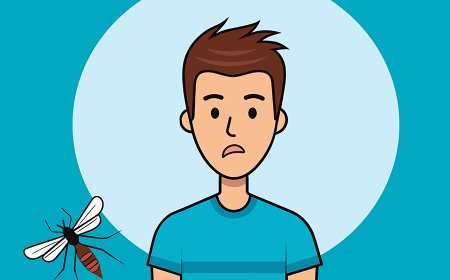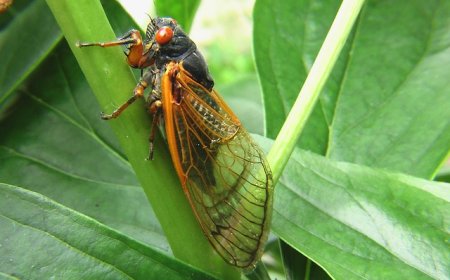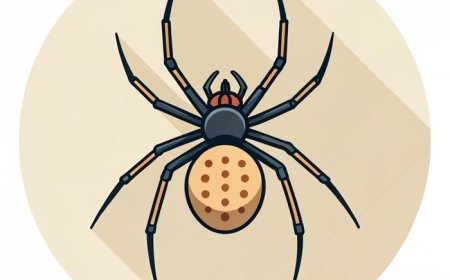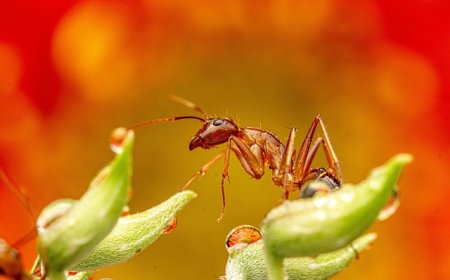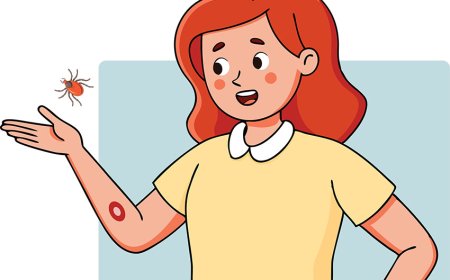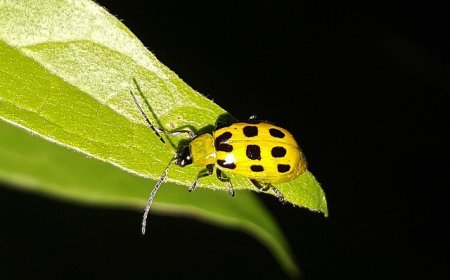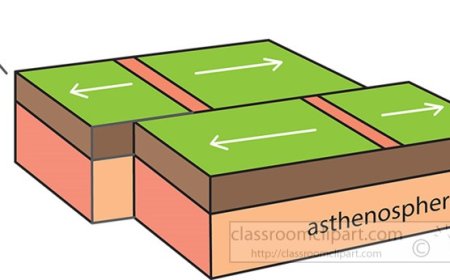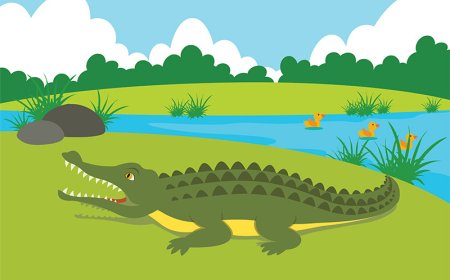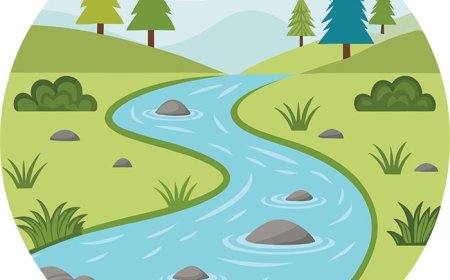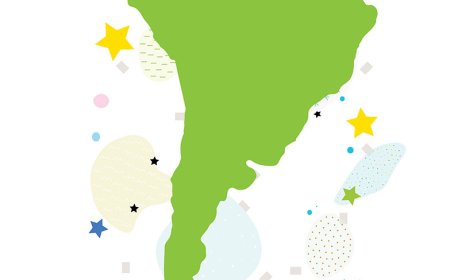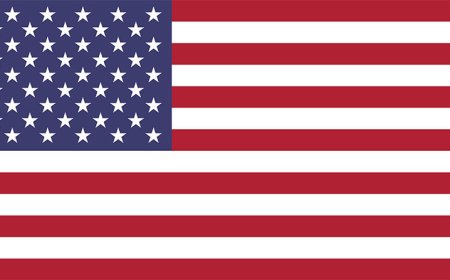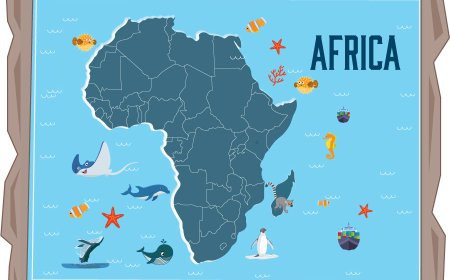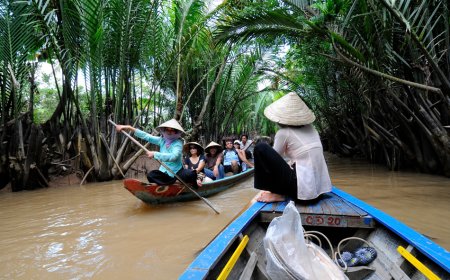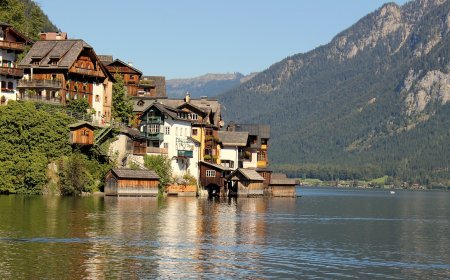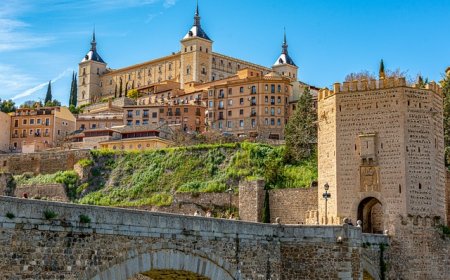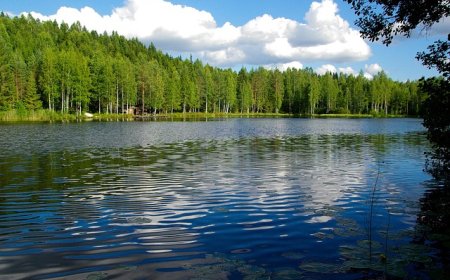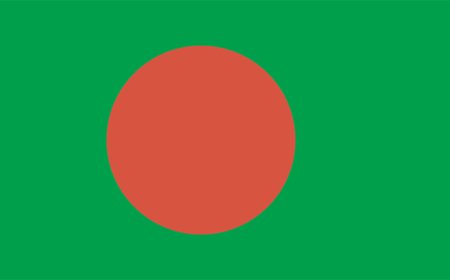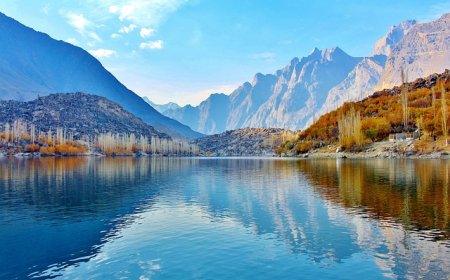World Environment Day History Traditions and Fun Facts
Discover the history goals and fun facts of World Environment Day in this student guide about global action biodiversity and solutions for a healthier planet
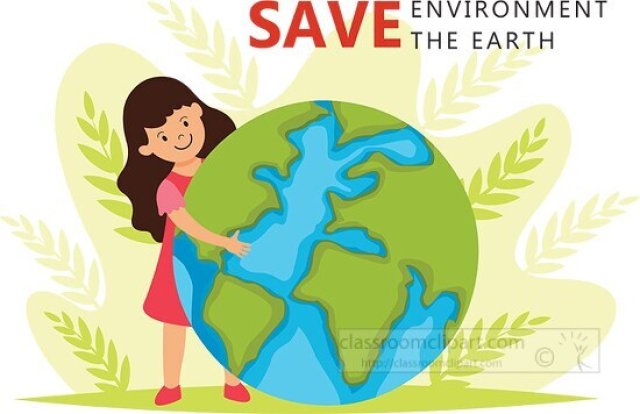
🌍 Introduction
Every year on June 5, people around the world celebrate World Environment Day. It's a day to learn about nature, take care of our planet, and work together on solutions like saving water, reducing waste, and protecting animals and plants.
Created by the United Nations, the day encourages families, schools, and communities to turn small actions into big change-because every tree planted, bottle recycled, and light switched off can help.
📜 History and Origins
World Environment Day began in 1974 after the United Nations Conference on the Human Environment. It is led by the United Nations Environment Programme (UNEP) and each year focuses on a theme such as plastic pollution, ecosystem restoration, or clean air.
🎉 Traditions and Customs
🌱 Community Projects
Tree plantings, park cleanups, and school recycling drives.
🧪 Science and Learning
Classroom experiments, nature walks, and talks with local experts.
📣 Awareness Campaigns
Posters, art shows, and social media challenges that share ways to help the planet.
🗑️ Waste Reductions
Refill stations, repair workshops, and plastic-free picnics.
🌟 Symbols and Meanings
-
🌿 Leaf - Growth and renewal.
-
🌎 Earth - Our shared home.
-
🔁 Recycling Arrows - Reduce, reuse, recycle.
-
🌳 Tree - Clean air, shade, and wildlife habitat.
🌍 How It's Celebrated Today
Countries host festivals, speeches, and hands-on projects. Cities light landmarks in green, museums run eco-exhibits, and schools set week-long challenges like "bike or walk to school," "bring a reusable bottle," or "no-trash lunch."
💡 Fun Facts
-
📅 The theme changes every year to spotlight a major issue.
-
🌱 One mature tree can absorb up to 48 pounds of carbon dioxide per year.
-
🐝 Pollinators like bees help grow about one-third of the food we eat.
-
🧴 Many beaches now hold plastic-free events to cut ocean pollution.
📚 Vocabulary List
-
Biodiversity - The variety of living things in an area.
-
Ecosystem - A community of plants, animals, and their environment.
-
Sustainability - Using resources so nature can keep renewing them.
-
Pollution - Harmful materials in air, water, or soil.
-
Conservation - Protecting nature and wildlife.
-
Recycle - Turn used materials into something new.
-
Renewable Energy - Power from sun, wind, or water.
-
Habitat - The natural home of a plant or animal.
📝 Key Takeaways
-
World Environment Day is on June 5 and led by UNEP.
-
Each year has a theme to guide action.
-
Common activities include cleanups, tree plantings, and school projects.
-
Symbols like leaves, trees, and recycling arrows encourage green habits.
-
Small actions add up to big environmental improvements.
🧠 Interactive Quiz
1. When is World Environment Day celebrated?
A) April 22
B) June 5
C) March 8
D) July 14
2. Which organization leads World Environment Day?
A) UNESCO
B) UNEP
C) WHO
D) UNICEF
3. What changes each year for World Environment Day?
A) The planet we live on
B) The theme
C) The season
D) The day of the week
4. What does biodiversity mean?
A) Only trees in a forest
B) The variety of living things
C) The shape of the Earth
D) Clean air only
5. Which action helps reduce plastic waste?
A) Using single-use bottles
B) Littering
C) Bringing a reusable water bottle
D) Leaving trash on the beach
6. What is renewable energy?
A) Energy that never runs out like sun and wind
B) Energy from coal
C) Energy from gasoline
D) Energy from plastic
7. Which symbol stands for reduce, reuse, recycle?
A) Heart
B) Star
C) Recycling arrows
D) Question mark
8. What is a habitat?
A) A type of pollution
B) A natural home for plants and animals
C) A recycling bin
D) A weather pattern

